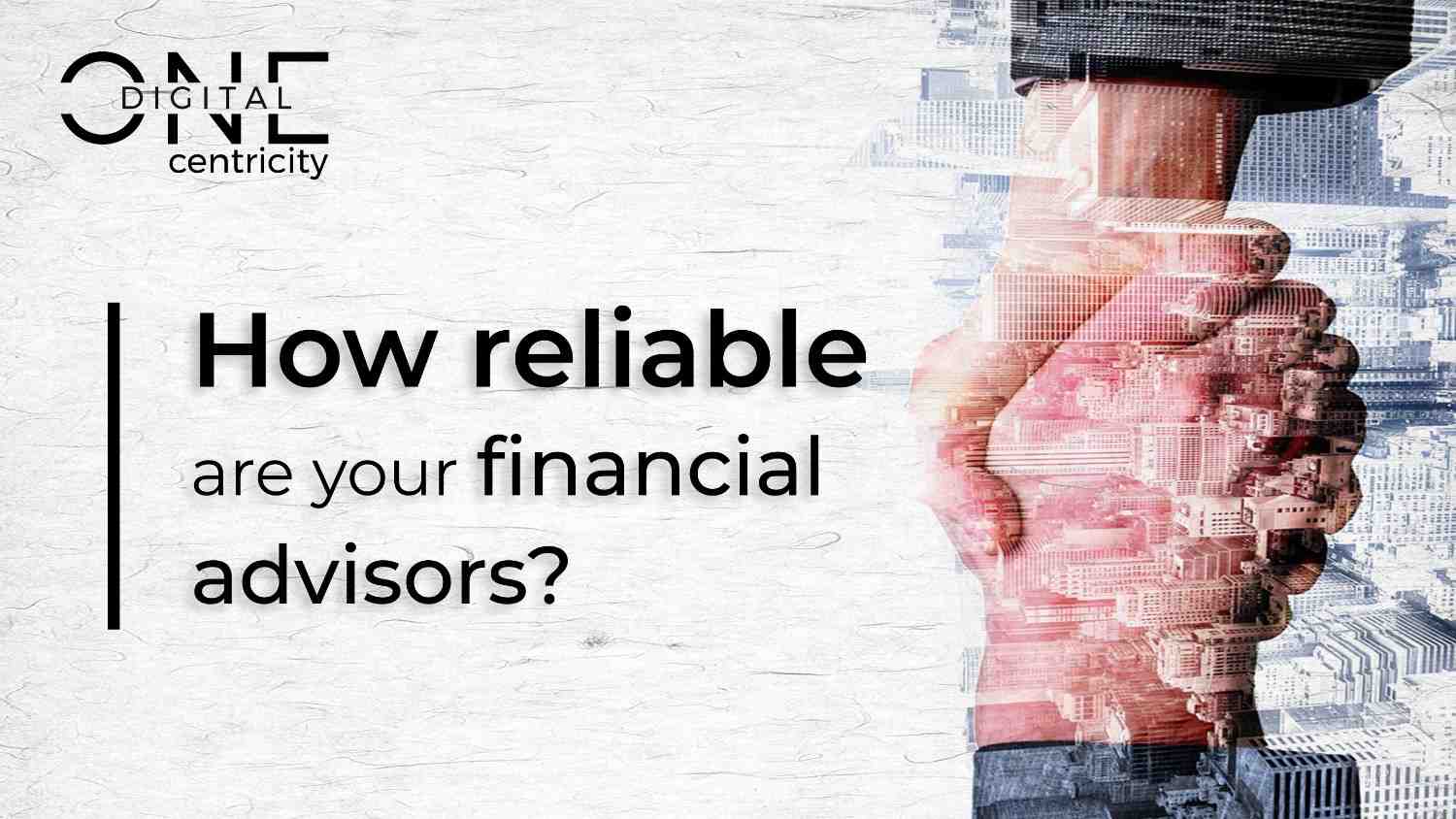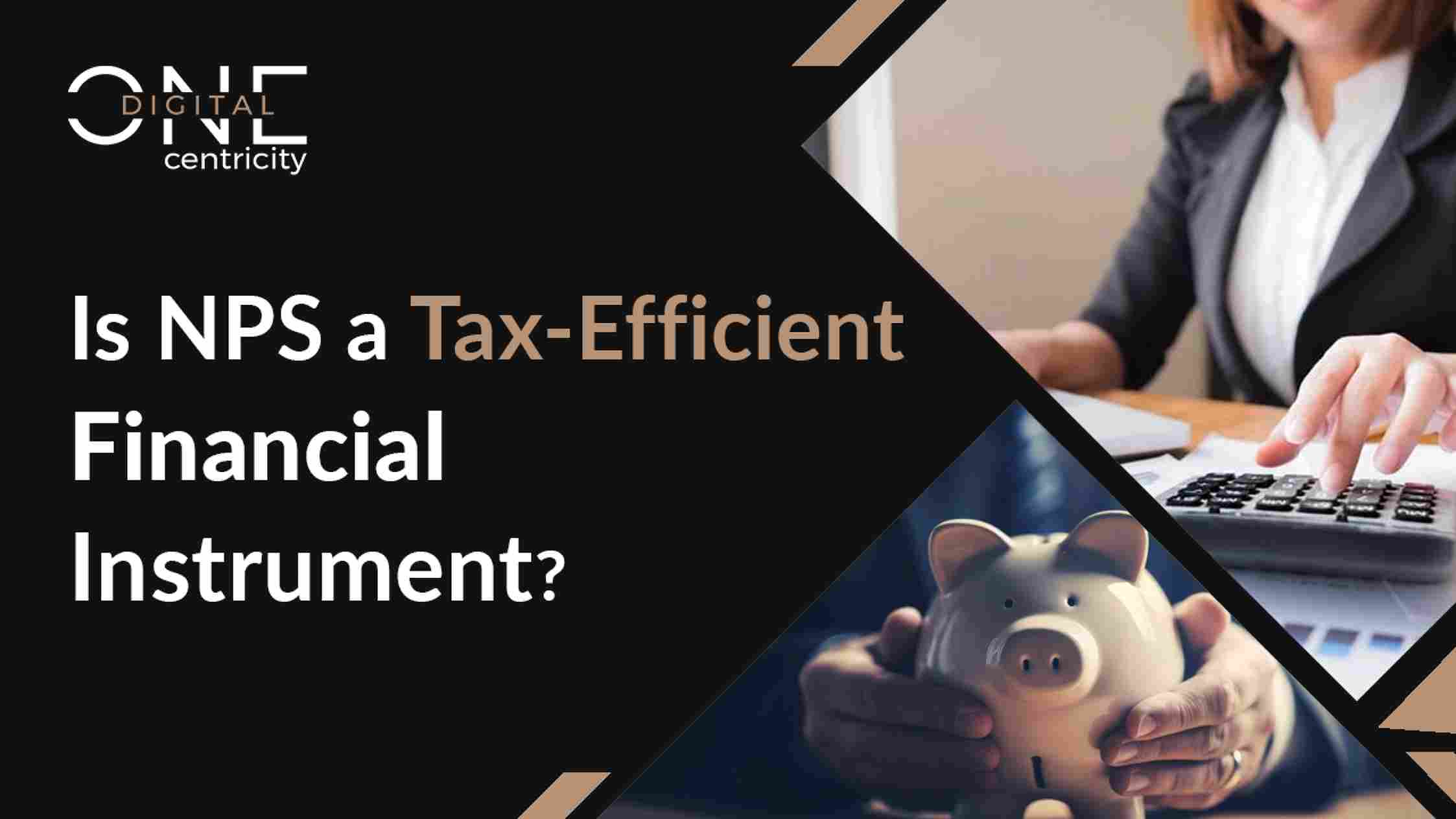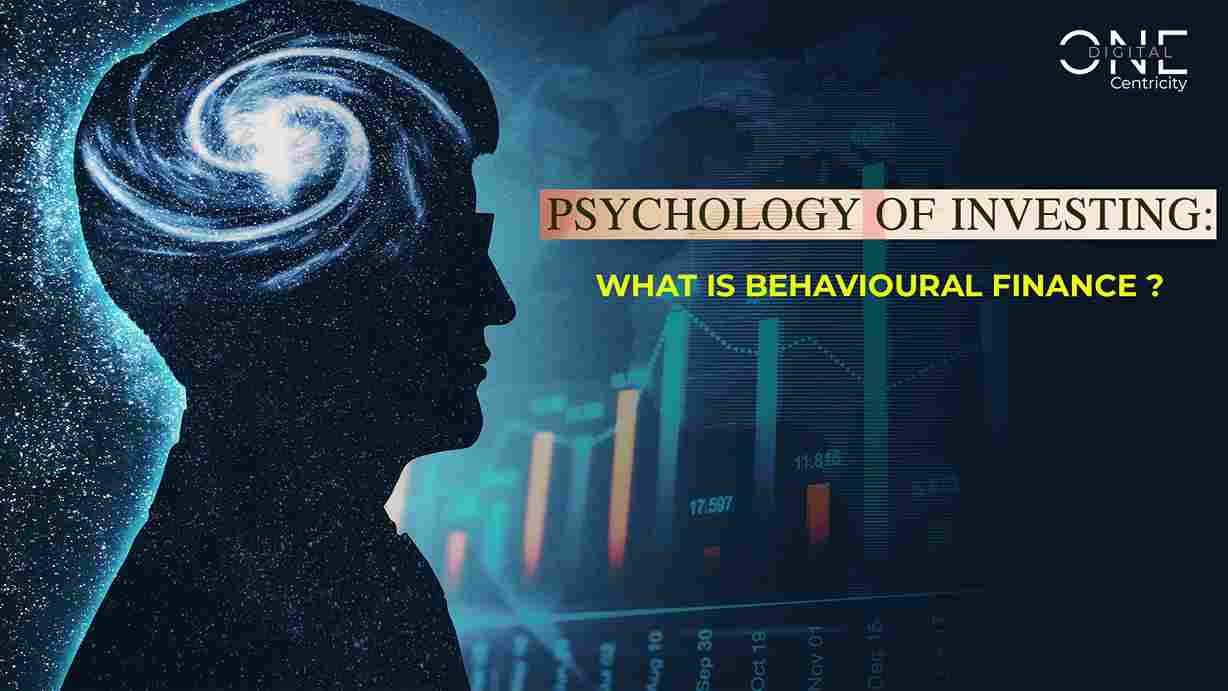What was the Subprime Crisis of 2008?
21st February 2024 | Author : Centricity

The year 2008 was a watershed moment in global finance. It marked the culmination of a complex interplay of factors that shook the foundations of the housing market, financial institutions, and economies worldwide.
It was the worst economic downturn since the Great Depression of the 1930s. Not only this, for the Americans it took a major time to recover financially. The Subprime Crisis of 2008 serves as a stark reminder of the inherent vulnerabilities within the financial system and the profound repercussions of unchecked speculation and unsustainable debt.
Its enduring legacy continues to shape policy debates and regulatory reforms to foster stability and resilience in the global economy.
The Early Innings of the Subprime Crisis:
Everyone is familiar with the term ‘Mortgage’. It means borrowing a huge sum of amount from banks, in return, the bank gets a piece of paper called a mortgage. Now every month the homeowner is required to pay back a portion of the principal + interest to the bank. And if they fail to do so, they fall into the category of ‘Default’. Thus, the bank gets the house!
Traditionally, it was difficult to obtain a mortgage if you had terrible credit or did not have a stable job. Lenders just did not want to take the risk that you would default on your loan.
However, this started to change in the 2000s in the U.S.
In the 2000s, investors in the U.S. & abroad were looking for a low-risk & high-return investment. Thus, they started throwing money at the U.S. housing markets. In their view, mortgage interest rates were higher than the interest rates on Treasury bonds, so they invested in those.
Thus, these global investors bought investments called mortgage-backed securities. They are created when large financial institutions securitize mortgages. By purchasing thousands of mortgages, and combining them, they can sell shares of the resulting pool to investors. Since the rate of return was higher, investors believed it to be a safe bet. Additionally, home prices were going up & up, so the worst-case scenario believed was that if the borrower defaulted they could just sell the house for more money.
At the same time, credit rating agencies assured investors that mortgage-backed securities were safe investments. They gave a lot of these mortgage-backed securities with AAA ratings. Investors became desperate to buy more and more of these securities. Lenders were focused on creating more mortgages, but to create more they needed to loosen their standards & make loans to people with low income & poor credit. Thus called sub-prime mortgages.
Some institutions even started predatory lending practices. Loans were made without income verification and absurd adjustable-rate mortgages were offered with payments people could afford at first, but not later.
Since this practice was brand new, these investments were becoming less & less safe. But investors trusted the ratings & kept pouring their money. Traders also started selling a riskier product called collateralised debt Obligations or CDOs. Some of these investments were given the highest ratings from agenciesThe price of U.S. houses was going up and up.
The Burst of the Bubble:
These irrational decisions were building up in a bubble & since bubbles have the tendency to burst, this one also did.
People were not able to pay for their houses thus, resulting in their ballooning mortgage payments. Borrowers started defaulting leading to more houses on sale, unfortunately, there were no buyers. This led to high supply and low demand leading to house prices collapsing.


As prices declined, several borrowers found themselves with a mortgage that was significantly higher than the current value of their home.
As this happened, big financial institutions stopped buying subprime mortgage leading subprime lenders stuck with bad loans. By 2007, some really big lenders even declared bankruptcy.
Big investors who had poured money into these mortgage-backed securities & CDOs started losing money on their investments.
The unravelling of Credit Default Swaps!
There was another financial instrument that financial institutions had on their books that exacerbated all these problems called the ‘Credit Default Swaps’. These were sold as insurance against mortgage-backed securities. A Credit Default Swap is a financial contract in which an investor transfers the risk of default on a specific debt instrument to another party. For example, an investor could purchase a CDS on a subprime mortgage and earn a premium if the borrower fails on the loan. This strategy increased the amount of subprime mortgages provided, as lenders were encouraged to make riskier loans. However, CDS has been chastised for its lack of transparency and the role it played in the subprime crisis.
One of the objections levelled regarding CDS is that it enabled investors to take on excessive risk without fully appreciating the hazards involved. Many investors purchased CDs without fully comprehending the underlying debt instruments or the dangers connected with them. This lack of transparency led to mispricing of risk and an overreliance on CDs as a kind of insurance. Furthermore, the use of CDS enabled banks to take on more risk than they could handle, failing numerous financial institutions during the subprime crisis.
PANIC SET IN…TRADING & CREDIT MARKETS FROZE! STOCK MARKET CRASHED! & THE US ECONOMY SUDDLENY FACED A DISASTROUS RECESSION!
The Impact!
- Financial Institutions:
Major banks and investment firms faced insolvency or required government intervention to stay afloat. The crisis led to the demise of venerable institutions like Lehman Brothers and Bear Stearns, while others were rescued through bailouts and emergency funding.
- Global Economic Recession:
The contagion spread rapidly, plunging economies worldwide into recession. Unemployment soared, consumer spending contracted, and housing markets tumbled, exacerbating the downturn.
- Government Intervention:
Central banks and governments implemented unprecedented measures to stabilize financial markets and restore confidence. These included massive liquidity injections, interest rate cuts, and bank bailouts, epitomized by the Troubled Asset Relief Program (TARP) in the United States.
What were the lessons learned?
The Subprime Crisis of 2008 underscored the perils of lax regulation, excessive risk-taking, and financial innovation without adequate safeguards. It prompted a reevaluation of regulatory frameworks, emphasizing the need for stricter oversight, improved risk management practices, and greater transparency in financial markets.

How reliable are your financial advisors?
19th September 2024

Is NPS a tax-efficient financial instrument?
19th December 2023

What is the current Red Sea Crisis & its impact on global trade?
30th January 2024

Psychology of investing: What is behavioural finance?
13th February 2024

How to build a strong money mindset for 2024?
27th February 2024

